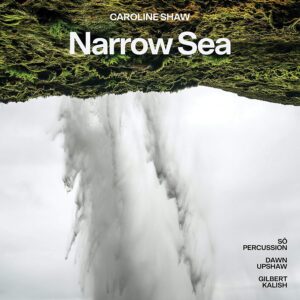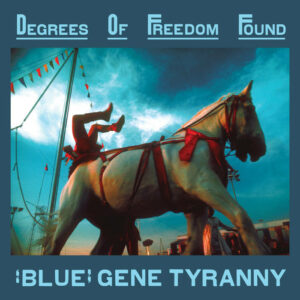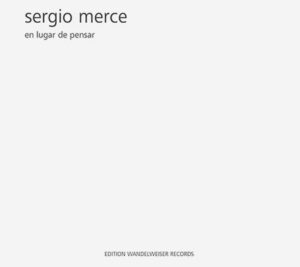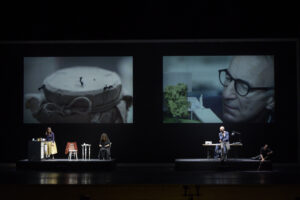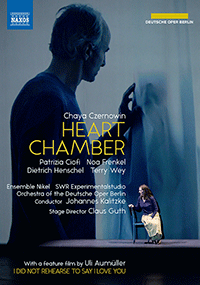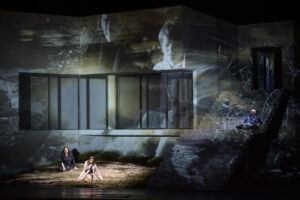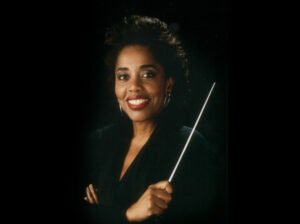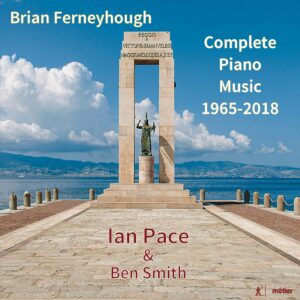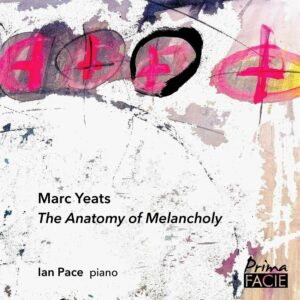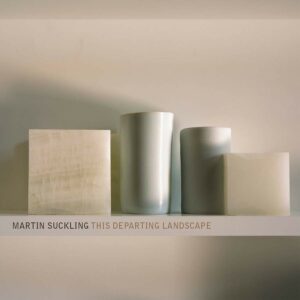
Martin Suckling
This Departing Landscape
NMC Recordings
CD/DL
Tamara Stefanovich (piano), Katherine Bryan (flute), BBC Scottish Symphony Orchestra, BBC Philharmonic, Ilan Volkov
Two concertos and two substantial orchestral works by Scottish composer Martin Suckling are programmed on This Departing Landscape, his debut portrait CD. The White Road (after Edmund de Waal) is inspired by De Waal’s ceramic artworks. It features flutist Katherine Bryan, a friend of Suckling’s since childhood – they played in youth orchestra together, and she managed to extract a promise of this commission some twenty years ago. Her virtuosic and energetic performance is remarkable. The violin part consists of frequent registral shifts, microtones, and angular melismas, often at high speed. The White Road includes a series of cadenzas punctuated with brash interruptions from the orchestra. The orchestral writing also consists of “virtual flutes” that Suckling makes by selecting particular string harmonics with an uncanny resemblance to the flute’s sound quality.
Release has a terrifying opening, with stentorian tutti followed by portentous silences. Gradually the spaces are filled in with echoes of microtones, then an English horn and viola duet, and a song-like theme in the upper register. Cascades of polyphony replace the tutti to create even more reverberant releases.
Although the piano is a fixed pitch instrument, microtonal harmony plays a significant role in the concerto too. Suckling, like Julian Anderson (a colleague who writes the liner notes for the CD) picks different instruments from the orchestra to supply quarter tones related to deviations from equal temperament in the overtone series. Anderson calls this technique “macrotonality,” and it is an effective way to exploit rich timbres. The rhythmic design is also intricate, with frequent use of polyrhythms.The concerto is cast in five movements, a fifteen movement first movement marked “Vigorously” followed by three intermezzi and a passacaglia as the finale. The first movement has a Carterian division of forces, with the piano interacting with different subsets of the orchestra: cor anglais and viola (the same combination found in Release), then strings, clarinets, oboes and horns (which contains some truly mind-blowing sounds), piccolo and violin, claves, and back to solo viola to finish the movement.
In Intermezzo 1 – Implacable, a vigorous moto perpetuo inhabits the upper register with gradually introduced bass pedal points unfolding a chromatic ground against the dissonant counterpoint above. This leads attacca into the second Intermezzo, marked Luminous in which hushed repeated notes and chromatic melodies on the piano are accompanied by high string harmonics, brief wind melodies, and brass swells. Intermezzo 3 has a more aggressive cast, with determined piano attacks, overblown flutes, and acerbic string lines. The final movement is a passacaglia that begins delicately, with ornamented lines in the piano and sustained strings. The piano builds corruscating lines over the ground bass, successively joined by members of the wind family who play sustained passages. Arcing strings and brass chords crescendo before cutting off to allow the solo piano to return to music reminiscent of the reflective opening, which here leads to a hushed close. Tamara Stefanovich is a powerful performer with a commanding presence, full sound, and facility in fleet passages. She also plays, in places such as the close of the final movement, with considerable delicacy. The Piano Concerto is an impressive, formally inventive, addition to the genre.
The title work concludes the CD. In his program note, Suckling expresses the desire to “write twenty minutes of orchestral music that lives its life in a perpetual state of high energy.” He achieves this goal, creating an imaginatively scored and formally intricate work. It begins with attacks from percussion and disjunct pitch cells and glissandos from strings and winds. These gradually accrete into a short ostinato in which bass octaves are followed by gear shifting gestures that alternate between sections of the orchestra. This ends with an accelerating, thunderous climax of hammering bass octaves and fortissimo polytonal tutti chords. It is succeeded by a quieter, but no less vivid, section for altissimo flutes and sustained strings. A sudden breakthrough of loud brass chords, exuberant drumming, and oscillating strings propels the piece forward only to be cut off in favor of solo timpani repetitions.
The second movement begins attacca, with flute filigrees returning, set against brass swells this time, with a horn melody that begins to reestablish a sense of tonality. The brass moves from chorale to coloristic overtone chords. Microtonal adjustments added by instruments joining create a bevy of shimmer. Suckling maintains this spectral aura, tweaking it with overtones added and subtracted. In the midst, a lyrical theme appears first in lower brass and then oboe. We move gradually from microtones to a blurring into the micropolyphonic spectrum, with glissandos, clusters, and sustained notes competing for the field. This builds into an intense cluster chord that is echoed by a just major triad and then a harmonic laden overtone passage. Polychords in a reverberant echo, stacked verticals, and slashing melody are succeeded by an echo of the beginning of the first movement’s percussion attacks, which closes the piece.
Martin Suckling has an unerring sense of pacing and is an abundantly talented orchestrator. This Departing Landscape establishes him as a distinctive voice. One hopes his second portrait CD isn’t long in coming.



